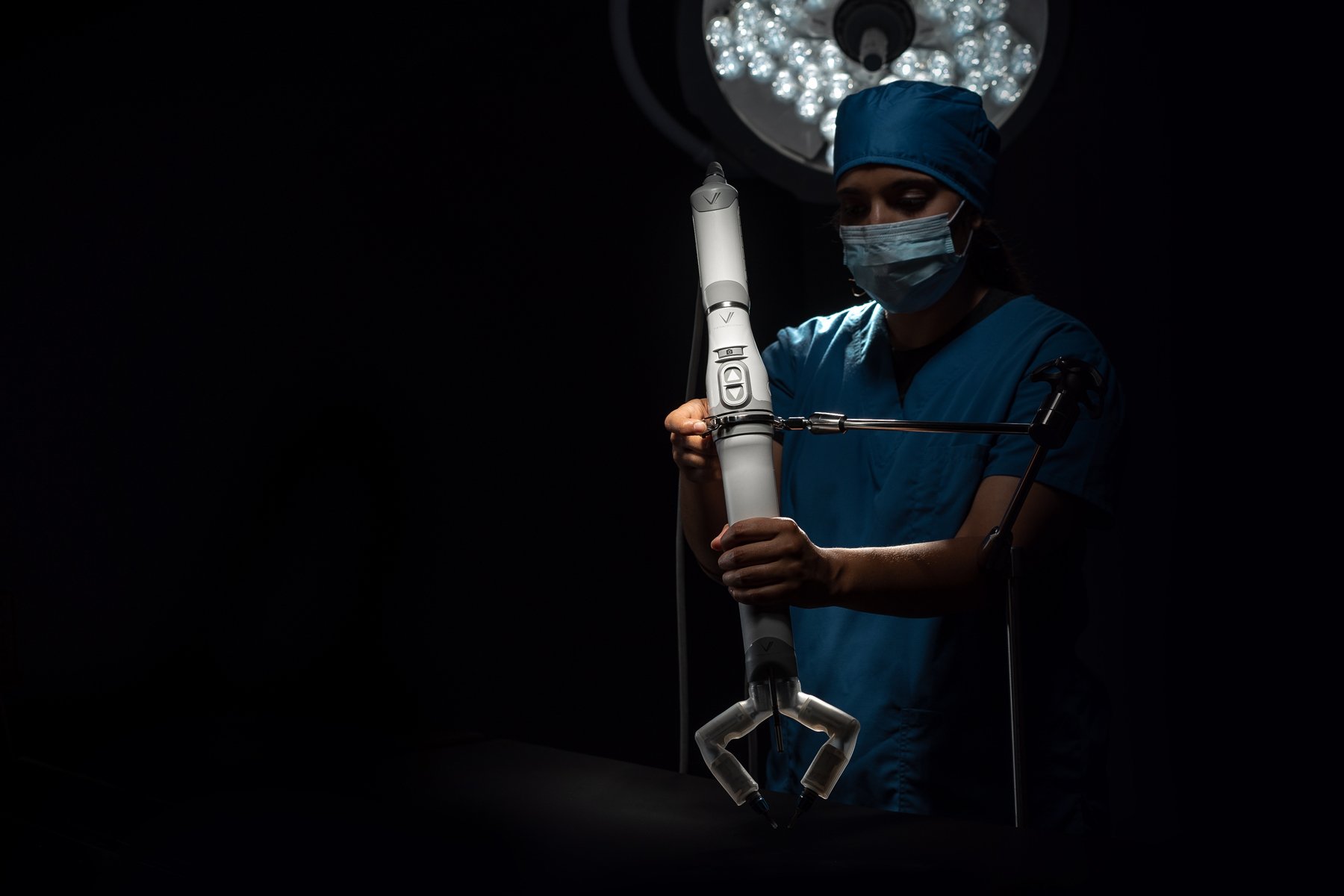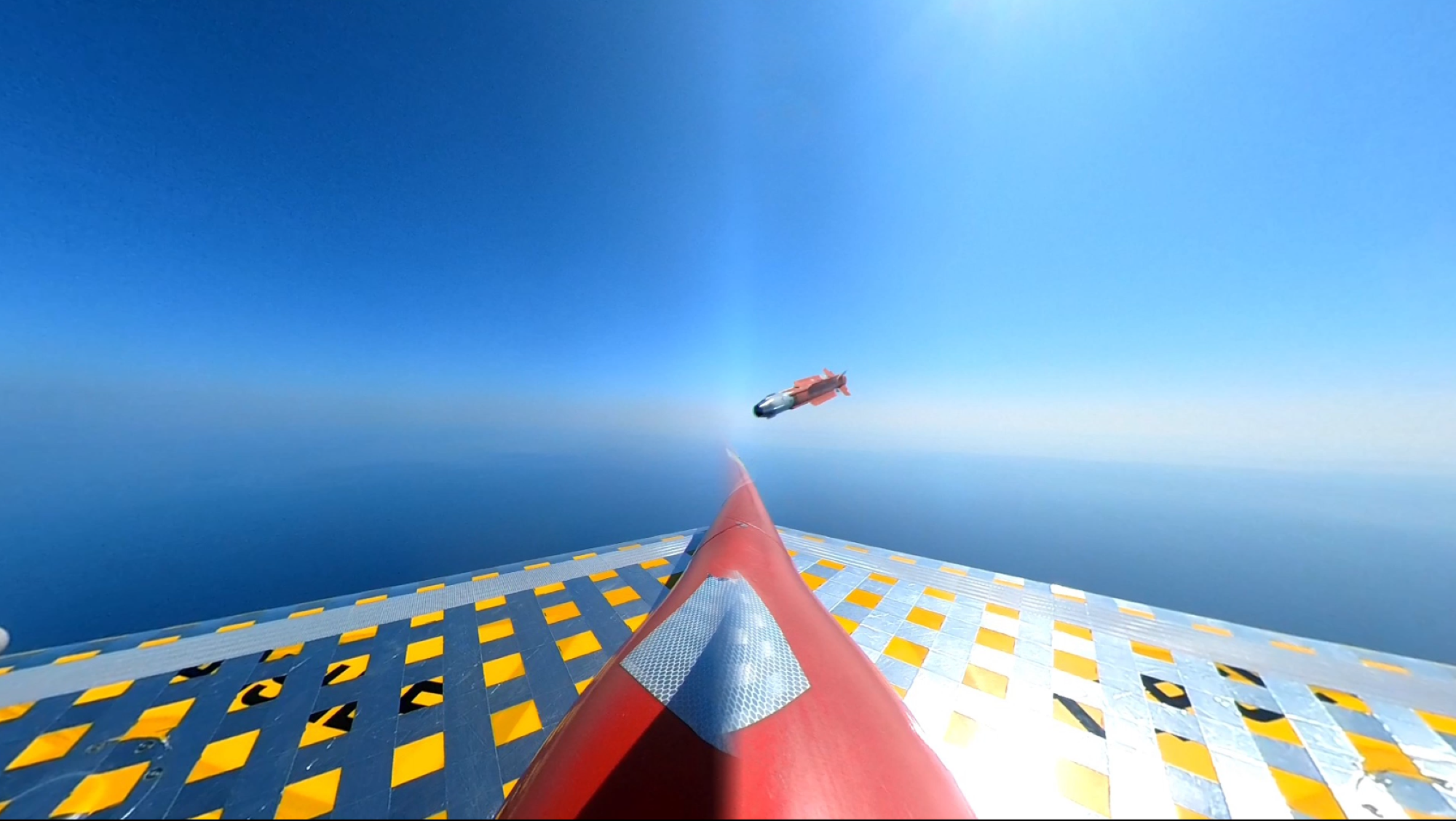For 250 years, it’s been ‘change or lose’ for our military. Here’s what needs changing now
A former commandant and a futurist take stock of Spider’s Web, Rising Lion, and more.

The latest reminders came in the form of Ukraine’s Operation Spider’s Web, the bold sneak attack that used small drones to devastate a strategic bomber force scattered all over Russia and Israel’s Operation Rising Lion, which took Iran’s leadership by utter surprise, decimating much of its military and nuclear capability. Again and again, we are warned that new trends and technologies demand nothing less than a radical rethinking of not just the weapons we plan to buy, but how we hope to prepare our service members for what comes next.
The operational environment awaiting our soldiers, sailors, airmen, Marines, and Guardians will be defined by machine speed and overwhelming amounts of data. Our people in the field will demand, and receive, high-speed access to more information at their fingertips than what was literally in existence a generation ago. To win will not just require faster downloads; it's about the fusion of this data into real-time intelligence, instantaneous decision-making, and a common operating picture that extends from the squad leader to the theater commander.
On the hardware side, while too many leaders' visions of war remain wedded to the expensive platforms of old, the future battlefield will be teeming with robotics. They will be working not just as tools, but as critical partners operating autonomously or in tight human-machine teams, extending our reach and reducing risk to our personnel. This means we'll need to develop forward repair capabilities at an unprecedented scale, push technical expertise closer to the fight and ensure these complex systems remain operational under the most demanding conditions.
It also requires reimagining even the newest of technologies. For instance, uncrewed systems, aka "drones," are no longer just airframes to be flown, they are also now munitions with lethal precision to be both delivered and defended against. And we will need them in numbers far more than our current procurement plans are prepared to deliver. This year, Ukraine will build, buy, and use over 4 million drones. The U.S. military is behind that number by literal orders of magnitude.
As such, drones' value must be weighed by whether they are not just attritable, but affordable. Their proliferation also means every general and grunt needs to understand their offensive potential and how to counter them, making AI and robotics literacy a fundamental skill for all.
This notion of new skills points yet again to the essential value of the human side. Preparing the force for the future fight is not about how many pushups a service-member can perform, it's about how they can be profoundly smarter and better trained. The old notion of the "dumb grunt," if it ever truly existed—and, it did not in any meaningful sense—is utterly dead. The complexities of tomorrow's fight demand that our combat arms be filled by the best and brightest, which now means the most adaptable. The future fight will turn upon the critical thinkers, the problem-solvers who can make instantaneous, high-stakes decisions under duress, leveraging technology rather than being overwhelmed by it. They'll need to be masters of distributed operations, capable of independent action and rapid collaboration across vast distances and domains.
This demands a new kind of mental toughness, an ability to process immense amounts of information and adapt to rapidly changing circumstances, all while under fire. The cognitive load will be immense, requiring advanced critical thinking, rapid learning, and unparalleled resilience. We must thus cultivate these traits from day one, through rigorous, realistic training scenarios that push the boundaries of current capabilities.
The Marine Corps has always understood the decisive power of the small unit, the initiative of the individual, and the impact of the "strategic corporal"—not as a liability, but as a force multiplier. This lesson, learned in battles from Belleau Wood to Fallujah, will be even more critical as weapons like drones, long-range missiles, and cyber give our lowest echelons unprecedented reach and lethality. A small unit led by someone in their twenties will not just be asked to take the next hill, but perhaps to cause a lethal effect on a hill thousands of miles away.
This vision demands we stand our manpower policies on their head. The traditional hierarchy and assignments approach must be re-evaluated. With artificial intelligence capable of executing complex tasks and making informed decisions, this strategic reallocation should be designed to funnel our most capable minds and bodies where they are most critically needed, where human ingenuity will pay off the most and the stakes are highest. Our enlistment standards and career paths must reflect this reality, prioritizing intellectual acuity and adaptability for combat roles, and re-evaluating the requirements for support functions where automation can augment human effort. In turn, akin to how every unit is supported by specialist occupational fields like JAGs, chaplains, and medical corps, we may require new specialized support roles be provided for all our units, like data scientists.
What is coming is not just an evolution; it's a revolution in how we man, train, and equip our forces for the next century of conflict. If we hope to maintain our decisive edge against any adversary, we must act decisively and without delay.
Gen. (ret.) Robert Neller served as the 37th Commandant of the Marine Corps.
Peter W. Singer. PhD. is a best-selling author and Managing Partner of Useful Fiction.
]]>

































































































![[Updated] B-2 Spirit Bombers Struck Iranian Nuclear Sites](https://theaviationist.com/wp-content/uploads/2025/06/B2sGuam_2.jpg)













































